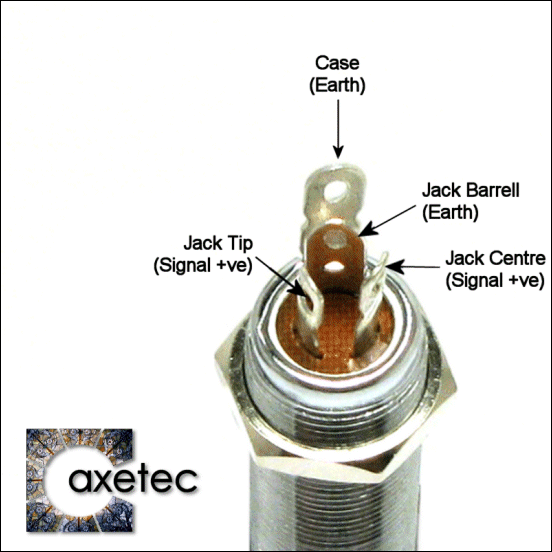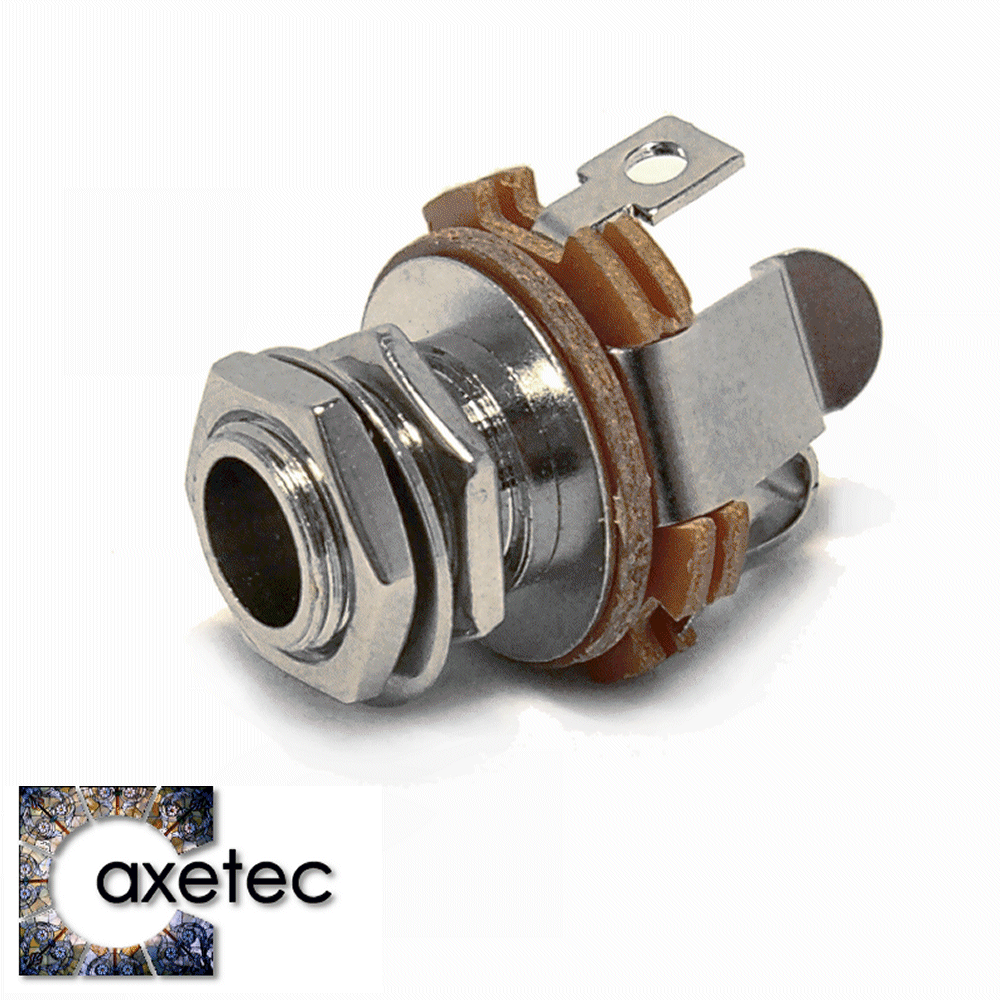I need to do this wiring (they are active Seymour Duncan replicas)

Staff - these images here are links, not copies, and are OK
and I know I nees to use an stereo jack, the extra tip to sold the battery ground, but would this one work?

it have 4 tips instead of 3, how this one works compared to the stereo jack on the diagram?
this is the other option, its marked as "stereo" too, I guess it's similar to the one in the diagram, but I would love to work with flush jack, it's a Flying V proyect.

